This can be made to work as an SCR type circuit. There are couple of things to consider though.
One item, as pointed out by David Tweed, is the need to put bleeder resistors across the BE junctions of both transistors to keep leakage from instantly turning on the coupled PNP-NPN pair.
Another item is that a fast turn on rate of the supply voltage can couple through the transistor junction capacitance and cause the pair to come on. Real SCRs also have this same problem if the dV/dT is too fast.
Here is an LTSPICE simulation of the circuit working as expected. Note the gentle 100usec turn on of the power supply and the added BE resistors. Note I also replaced the switch with a transistor to simulate the switch.




